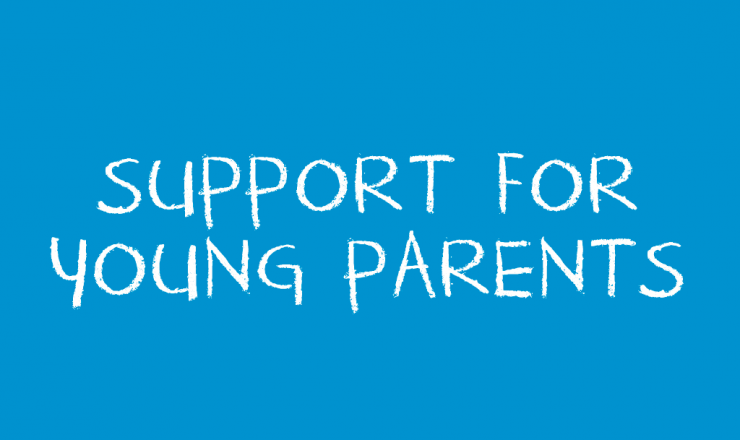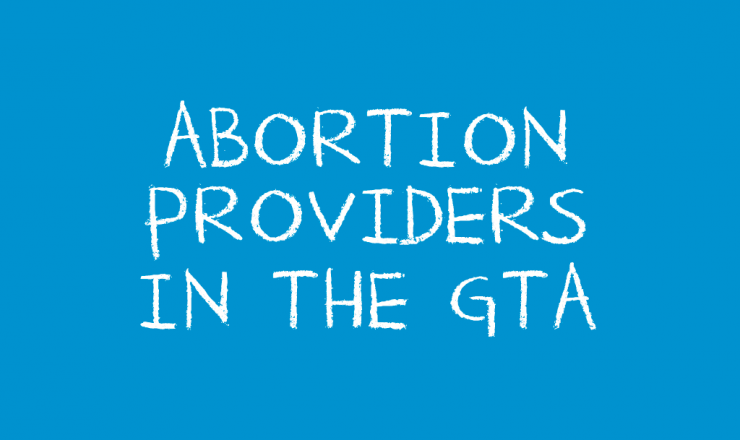Intro to Gender Identity
We go over this in our Intro to Sexuality & Sexual Orientation module, but it’s important to remember that while we may talk about gender, sex, and sexuality under the same umbrella, they’re distinctly different things! Our info page Sex, Gender, & Sexual Identity goes into more detail about those differences, but one important thing to remember is that gender is about how you feel and how you identify. Sex and sexuality are just two things that can shape how we think about our gender, but it can also be influenced by things like our culture, our age, our physical ability and relationship to our body, even our personality may change the terms we use or the way we’d like to be perceived when it comes to our gender expression.
3 Dimensions of Gender
Another way to explain this interconnectedness is through the three dimensions of gender: the body, your identity, and your social gender. Remember that gender is an incredibly complex thing, and it can be difficult to simplify or translate your particular experience of gender to others so you can always think of explanations like this as a starting point.
The Body
When we talk about gender identity and the body, we’re usually thinking about our own relationship to our body, or the way that we’re perceived as a result of how our body is gendered by other people. When people are born they are assigned a gender based on their genitalia, but we know that gender and sex are actually far more complicated than what type of genitals a person has. There are actually a multitude of genes and chromosomes that contribute to someone’s sex development alone, not even accounting for the other two dimensions of gender. How someone’s body is perceived can affect how people treat them, and in turn affect how a person feels about their gender or communicates it to others.
Identity
Identity describes the language we use internally when we think about our gender. It can sometimes be as simple as “boy” or “girl”, but it can also have a lot of hyphens, asterisks, and footnotes attached to it. Sometimes we don’t even have the words to describe how we feel, and so end up using terms that are almost but not quite right. Our info page the Gender and Sexuality ABC’s goes over some of the terms we may use and what they mean.
Social Gender
Our social gender is how our gender interacts with and is shaped by the outside world. This includes our expression (clothes, hair, makeup, even our personality) and what we communicate to others, but also what’s communicated to us. Most societies are highly gendered, meaning there are expectations of what men and women are “supposed” to do, and that can really impact how we shape and create our own gender as we try to either conform or rebel against these expectations
When it comes to understanding gender is that everything is subject to change–even what we now consider scientific fact may be further researched and proven to be wrong or more complicated than we initially thought. How we think about our gender, and how society thinks about gender as a whole will also likely change as we become more open to learning about each other.





